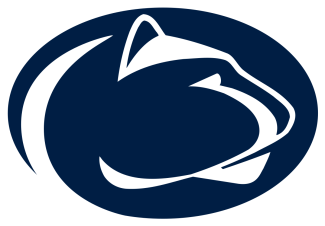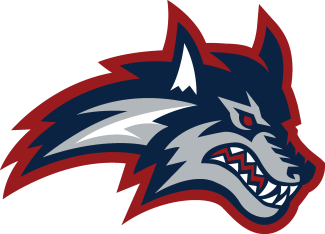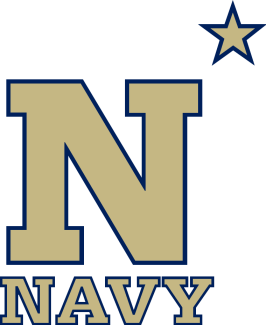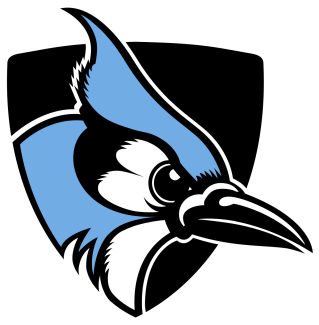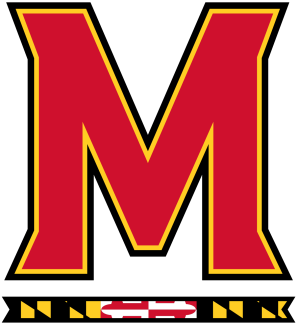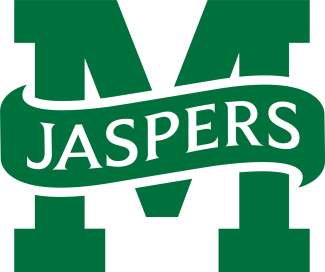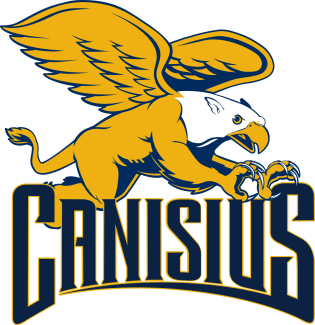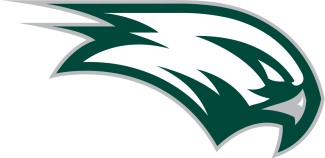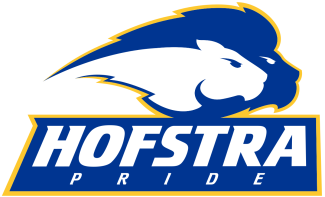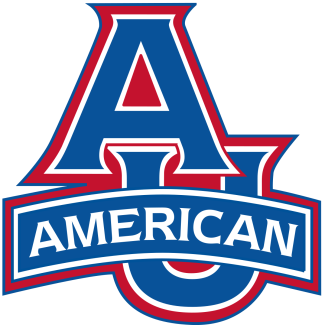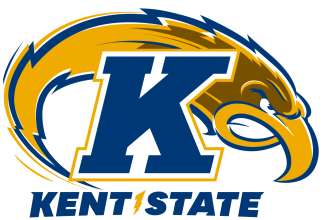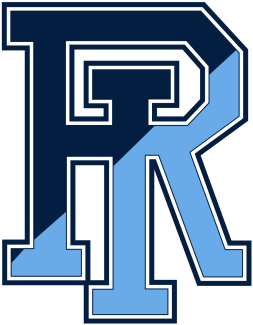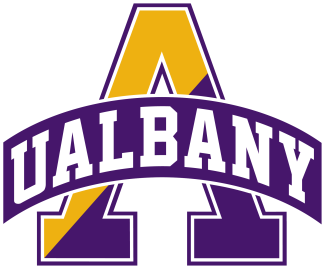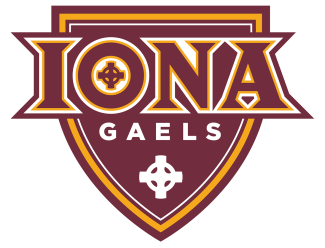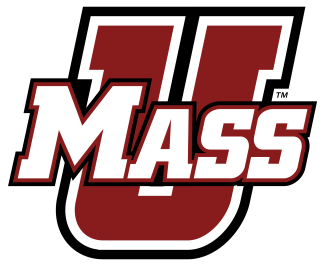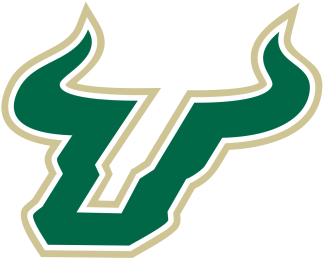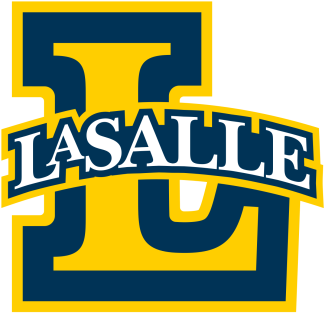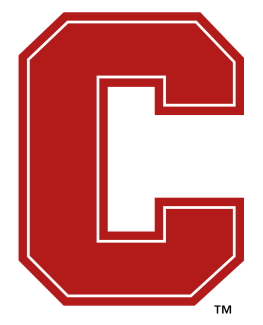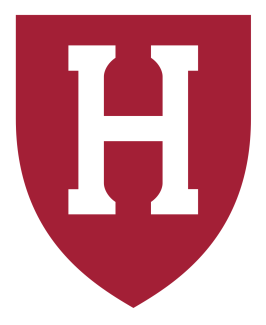'You Can't Miss Anymore'
Roster limits will also impact programs. There is a range at the Division I level already, and some are still bloated with players on an extra year after pandemic exceptions. Two-time defending men’s lacrosse champion Notre Dame had 60 players rostered last year. NCAA women’s lacrosse semifinalists Florida and Syracuse had 40 and 42 players, respectively.
“It's going to be interesting to your recruiting side because you can't miss anymore,” Gallagher said. “It's only 38 kids. Hopefully you don't have a bad year with injuries.”
The trickle-down effect could send more players to Division II and III teams, or traditionally smaller Division I teams. However, if Division I schools do find the money for more scholarships, it could have the opposite effect.
“Now with the scholarship money that's out there, it makes our job harder to pull in that person who's teetering on the fence of D-I or D-III,” said Kate Livesay, coach of NCAA Division III women’s lacrosse champion Middlebury. “It becomes harder to go D-III and pass up on what could be a really nice scholarship.”
Overall, though, sub-Division I coaches aren’t expecting to see many changes at their levels from the settlement’s fallout. They are not worrying about a reduction in players.
“Many of our schools rely on sports like lacrosse to help fill the beds and fill the seats in classrooms,” said Tampa men’s lacrosse coach J.B. Clarke, the current IMLCA president. “So I think Division II and III are in many instances safer in the Olympic sports than Division I.”
Layers of Law
The settlement would not be enacted until at least the 2025-2026 academic year, and it still could change. The proposal is scheduled to go before federal Judge Claudia Wilken on Sept. 5, but that date could move. She is reviewing the settlement.
“What are the chances that she's going to agree 100 percent with everything in there?” Weaver said. “Probably not great. We could be going back and forth on this for months, if not longer.”
Complicating the matter still are the layers of law untouched by the settlement if it passes as is. There are varying NIL state laws, questions of how Title IX will be applied to payouts, existing lawsuits not resolved specifically in the current settlement and a movement for student-athletes to get employee status and unionize to ensure fair contract negotiations and representation.
“Unless there's a collective bargaining agreement in place, the NCAA and the schools will get sued every year,” Tiffany said. “You do not see lawsuits against the NBA or against the NFL by its players because they have a player agreement. They have contracts. They have the collective bargaining agreement. That's the only way to avoid the lawsuits.”
The NCAA, however, is hoping the settlement is a good faith start that encourages Congress to come up with a federal standard to address compensation for college athletes.
Wait and See
It’s all more than many signed up for when they got into coaching and administration. Brian Voelker retired after 15 years at the helm of the Drexel men’s lacrosse team two days after the settlement was filed. It was just one factor of many in his decision to step away.
“The whole landscape is definitely something that you scratch your head and you wonder what's going on there and who's making some of these decisions,” Voelker said. “And does anybody know what it's like to be a college lacrosse coach or a college field hockey coach or a softball coach or track coach?”
Lacrosse coaches were largely in step with each other in 2018 in pushing recruiting back to Sept. 1 of junior year in high school. And they stood by a similar period of unknowns before sorting out NIL legislation in 2021.
Now they wait, unsure how the NCAA settlement could set off another round of seismic changes in college lacrosse.
“My hope is that whatever is the ultimate decision, it's clearly communicated,” Kimel said. “That there's not a lot of room for interpretation and loopholes for people to work around things, which has been the world of college athletics.”

